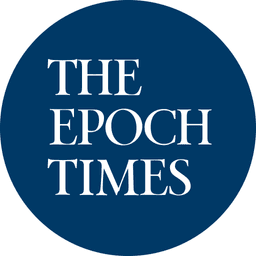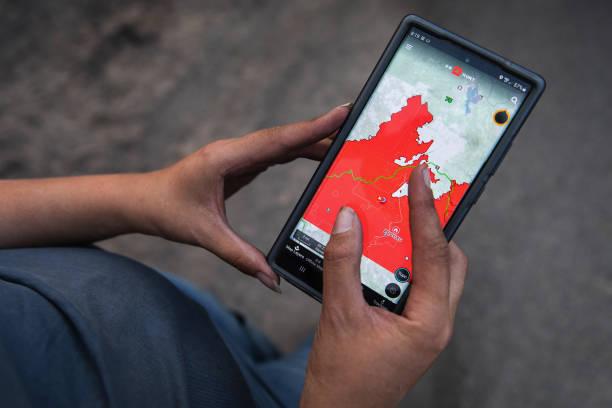The CSIRO took less than two weeks to map three million galaxies using the Australian Square Kilometre Array Pathfinder (ASKAP), a world-leading radio telescope system. ASKAP also broke records as it conducted its first survey of the entire southern sky, mapping approximately three million galaxies in just 300 hours.
CSIRO Head Larry Marshall said the survey had unlocked the deepest secrets of the universe.





